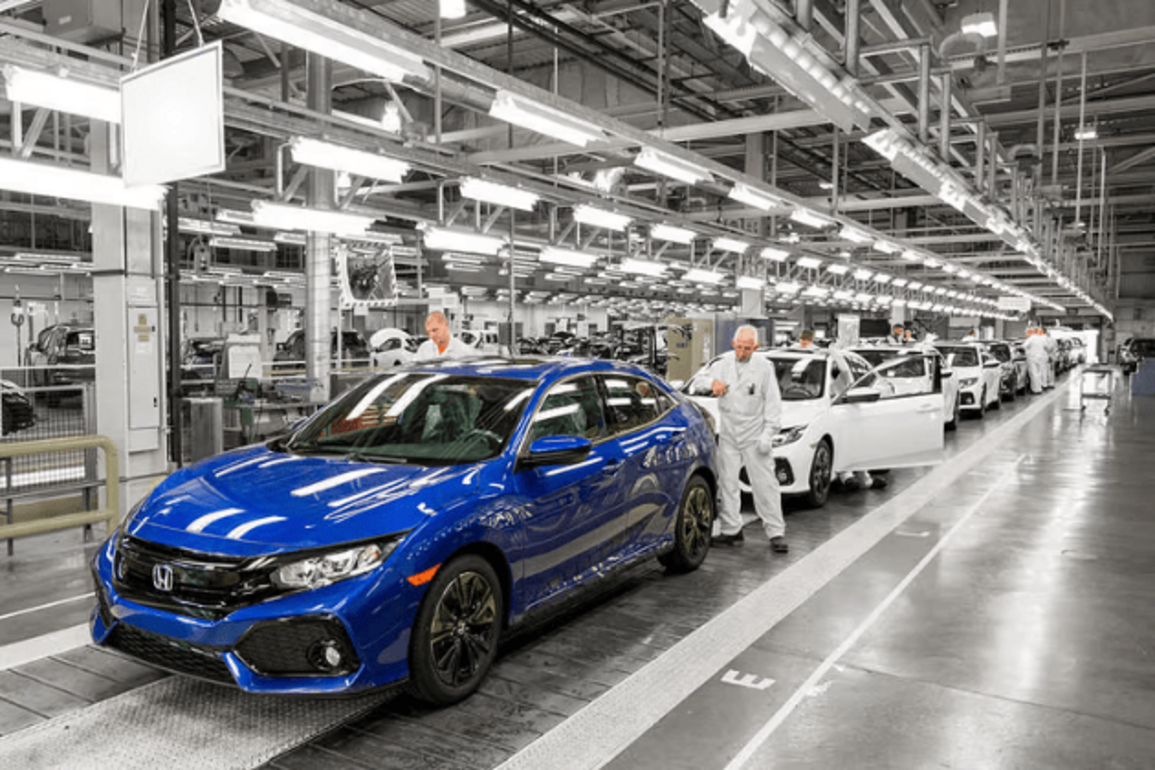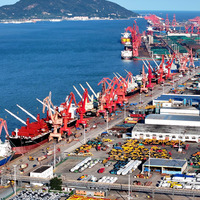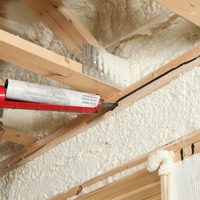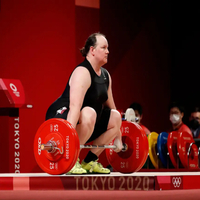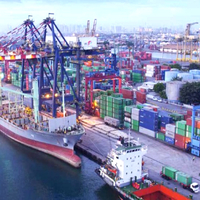TOKYO, Japan: Facing the pressure of new U.S. tariffs, Honda is weighing a shift in its production strategy that could see more of its cars built in the United States instead of Canada or Mexico, according to a report by the Nikkei newspaper.
The Japanese automaker aims to manufacture 90 percent of the vehicles it sells in the U.S. within the country, according to a report this week. This is part of a plan to boost local production by as much as 30 percent over the next two to three years.
The move comes in response to President Donald Trump's recent decision to impose a 25 percent levy on imported vehicles. Honda declined to comment on the report, stating that the company had not officially announced the information.
Ahead of the tariffs taking effect, Reuters reported that Honda would shift production of its next-generation Civic hybrid to Indiana, moving it from Mexico to avoid potential duties.
The U.S. is Honda's largest market, accounting for nearly 40 percent of its global vehicle sales last year. Of the 1.4 million cars sold in the U.S. in 2023—including its premium Acura brand—about two-fifths were imported from either Mexico or Canada.
Canadian Innovation Minister Anita Anand responded to the Nikkei report by saying that Honda had not confirmed any such changes to its operations in Canada. "Honda has communicated that no such production decisions affecting Canadian operations have been made," she said in a post on X, adding that she plans to meet with Honda Canada's CEO.
According to the report, Honda will shift production of its CR-V SUV from Canada to the U.S. and of the HR-V SUV from Mexico to American plants.
To accommodate the production increase, Honda is considering expanding its workforce in the U.S. and may introduce a third shift to its current two-shift system, along with weekend operations, the Nikkei said.
Honda's U.S. sales rose five percent in the first quarter of 2024, reaching nearly 352,000 vehicles.





